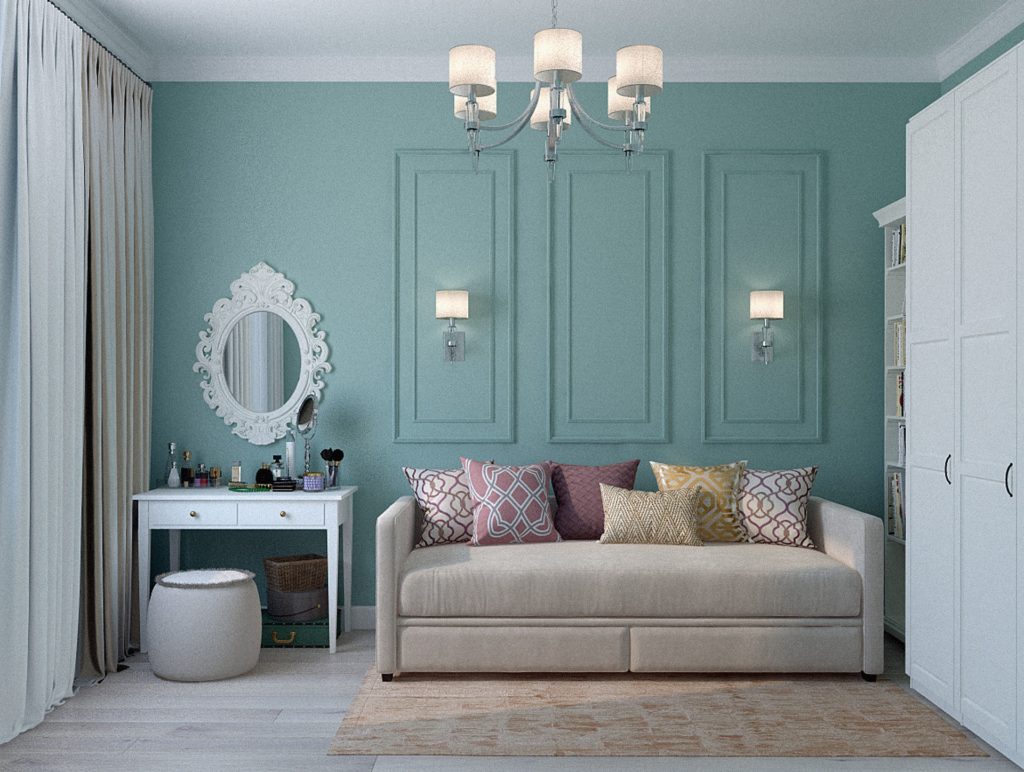
If you haven’t yet heard about the rising interest in tiny living, then you probably don’t watch a lot of television. The official definition of a tiny house is a residential structure that has 400 square feet of living space or less.
The average square footage of a traditional single-family home is closer to 2,400 square feet, but people are getting crafty with their living habits in the 21st century.
Check out a brief discussion, featuring a few facts about the nation’s growing interest in tiny living. Consider whether or not a lifestyle change might help enrich your life.
Television shows have raised human interest
The recent explosion is television shows that feature tiny living as their main topic has caused a ripple effect in interest. The more people learn about just how comfortable tiny living can be, the more likely they are to downsize.
If you really have an interest in learning more about living tiny, turn your television to any current home improvement channel. You’ll find a show about tiny houses in less than a few minutes on just about any home improvement platform.
Reasons why people choose tiny living
There are several compelling reasons for the shift in our culture to a smaller living area. The biggest reason people go small is to save money. Tiny living is far more affordable than paying a mortgage and upkeep on a full-size house.
Tiny living will reduce your stress. With less to worry about cleaning or maintaining, you can spend more time focusing on the things you enjoy in life.
Different types of tiny homes
Tiny living isn’t always in a traditionally styled structure. There are plenty of tiny homes that look like tiny houses, but living in an RV is still considered tiny living.
Some tiny homes are placed on a traditional foundation, and some are built on a trailer that is mobile. One of the most appealing benefits to living in a tiny home is the flexibility you have to change the traditional standards of living.
Generational aspects of the tiny house movement
Millennials are becoming the most prevalent homebuyers in the nation, and their perspective on what makes a house a home is much different than the generation before them. Millennials live a fast-paced lifestyle, and they don’t have the time or care to maintain a huge home.
The family structure has also shifted dramatically, and families are stacking more than one generation in the same home anymore. Millennials are looking for living spaces for one or two.
Environmentally-conscious individuals thrive
Living tiny is a great way to reduce your carbon footprint on the planet, and current homebuyers are more than aware of the need for conservation. Living small means that you waste and consume less.